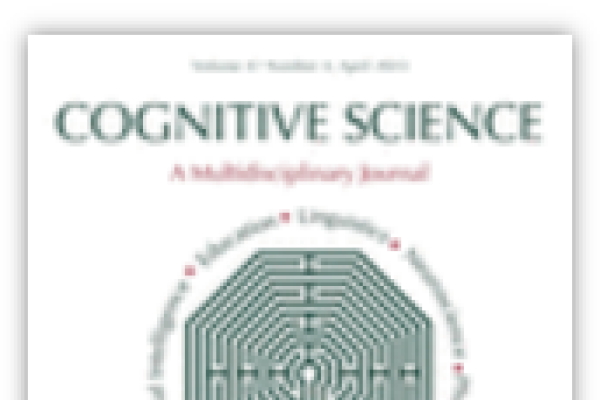
Research on sequence effects on learning visual categories has shown that interleaving (i.e., studying the categories in a mixed manner) facilitates category induction as compared to blocking (i.e., studying the categories one by one), but learners are unaware of the interleaving effect and prefer blocking. However, little attention has been paid to sequence effects in perceptual learning across further sensory modalities. The present (preregistered) research addresses this shortcoming by using auditory (birdcalls), olfactory (tealeaves), gustatory (ingredient mixtures), and tactile (stones) stimuli across four analog experiments. The number of participants per experiment was determined based on a medium effect size of interleaving. Participants studied six categories (with six exemplars, respectively) either interleaved or blocked. No single experiment showed a significant effect of interleaving. We ran a comprehensive meta-analysis based on the data from all experiments, which revealed a significant small effect of interleaving, demonstrating its applicability to perceptual learning across all sensory modalities. Learners in the interleaved condition underestimated their classification performance. Overall, learners did not rate interleaving as less effective than blocking, which is at odds with previous studies that consistently demonstrated a metacognitive preference of blocking. Our findings suggest that learners rely less on conventional beliefs about the effectivity of study sequence when dealing with unfamiliar (blindfolded) perceptual learning tasks.
Abel, R. (2023). Interleaving effects in blindfolded perceptual learning across various sensory modalities. Cognitive Science 47(4).
Research on sequence effects on learning visual categories has shown that interleaving (i.e., studying the categories in a mixed manner) facilitates category induction as compared to blocking (i.e., studying the categories one by one), but learners are unaware of the interleaving effect and prefer blocking. However, little attention has been paid to sequence effects in perceptual learning across further sensory modalities. The present (preregistered) research addresses this shortcoming by using auditory (birdcalls), olfactory (tealeaves), gustatory (ingredient mixtures), and tactile (stones) stimuli across four analog experiments. The number of participants per experiment was determined based on a medium effect size of interleaving. Participants studied six categories (with six exemplars, respectively) either interleaved or blocked. No single experiment showed a significant effect of interleaving. We ran a comprehensive meta-analysis based on the data from all experiments, which revealed a significant small effect of interleaving, demonstrating its applicability to perceptual learning across all sensory modalities. Learners in the interleaved condition underestimated their classification performance. Overall, learners did not rate interleaving as less effective than blocking, which is at odds with previous studies that consistently demonstrated a metacognitive preference of blocking. Our findings suggest that learners rely less on conventional beliefs about the effectivity of study sequence when dealing with unfamiliar (blindfolded) perceptual learning tasks.
Abel, R. (2023). Interleaving effects in blindfolded perceptual learning across various sensory modalities. Cognitive Science 47(4).